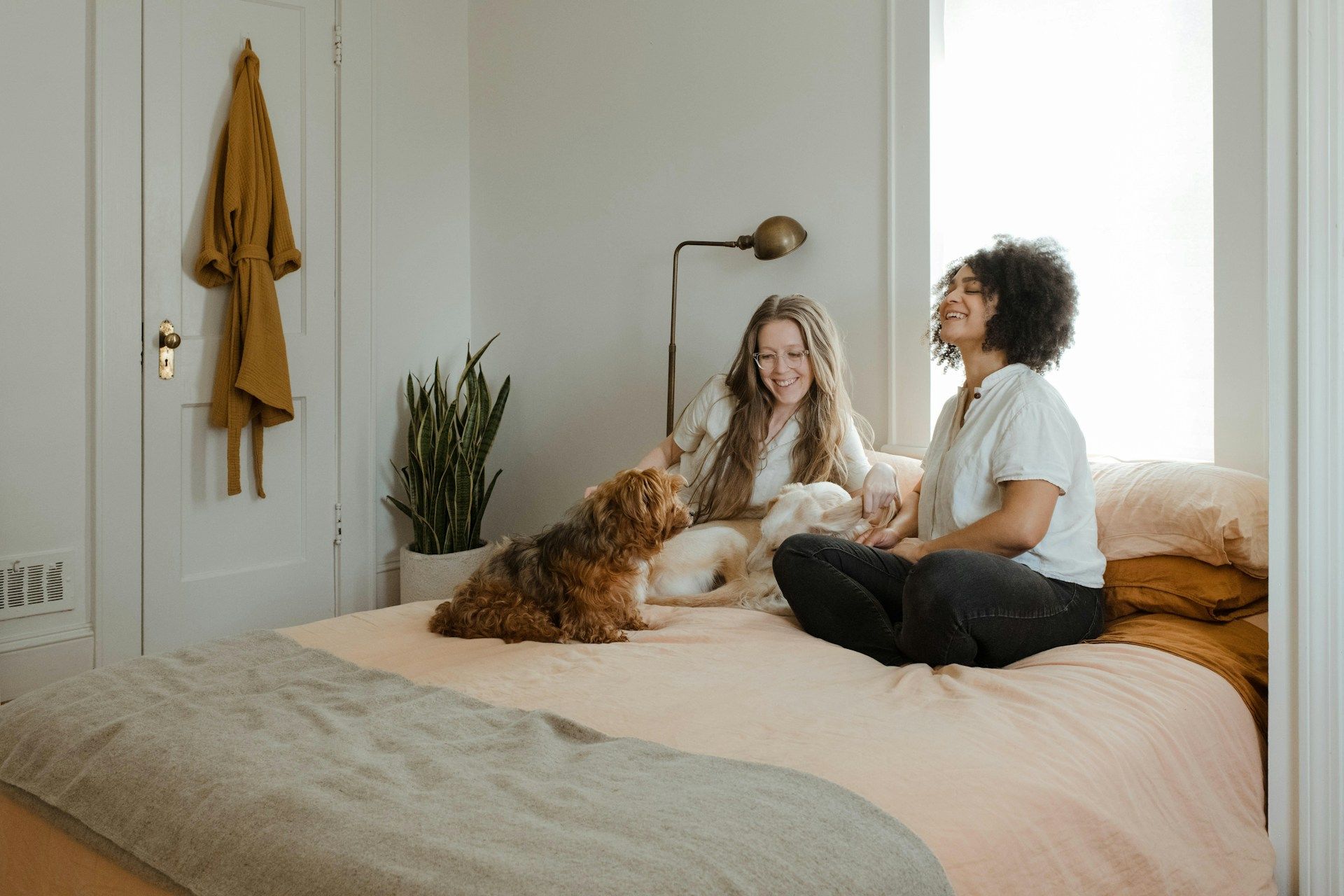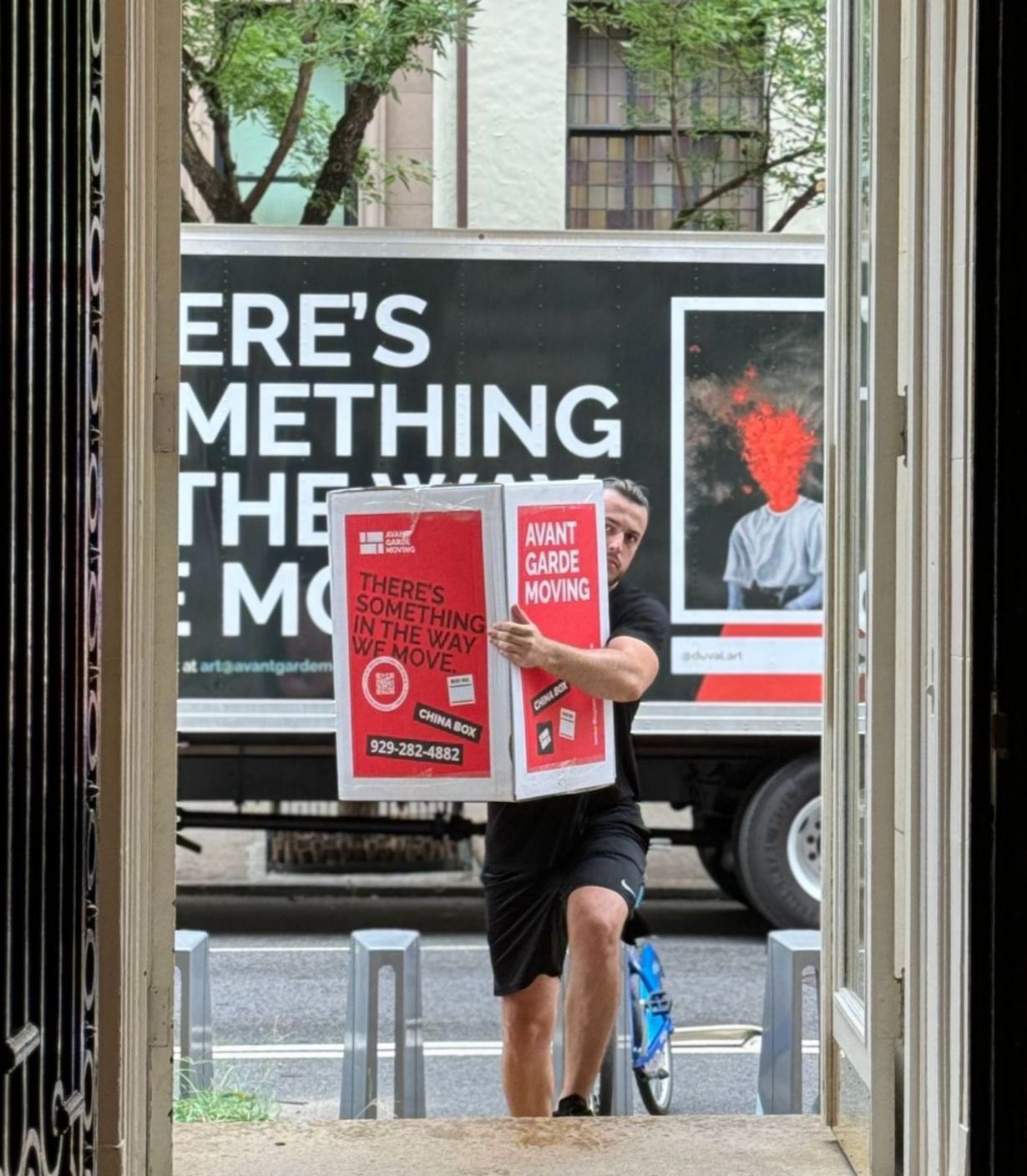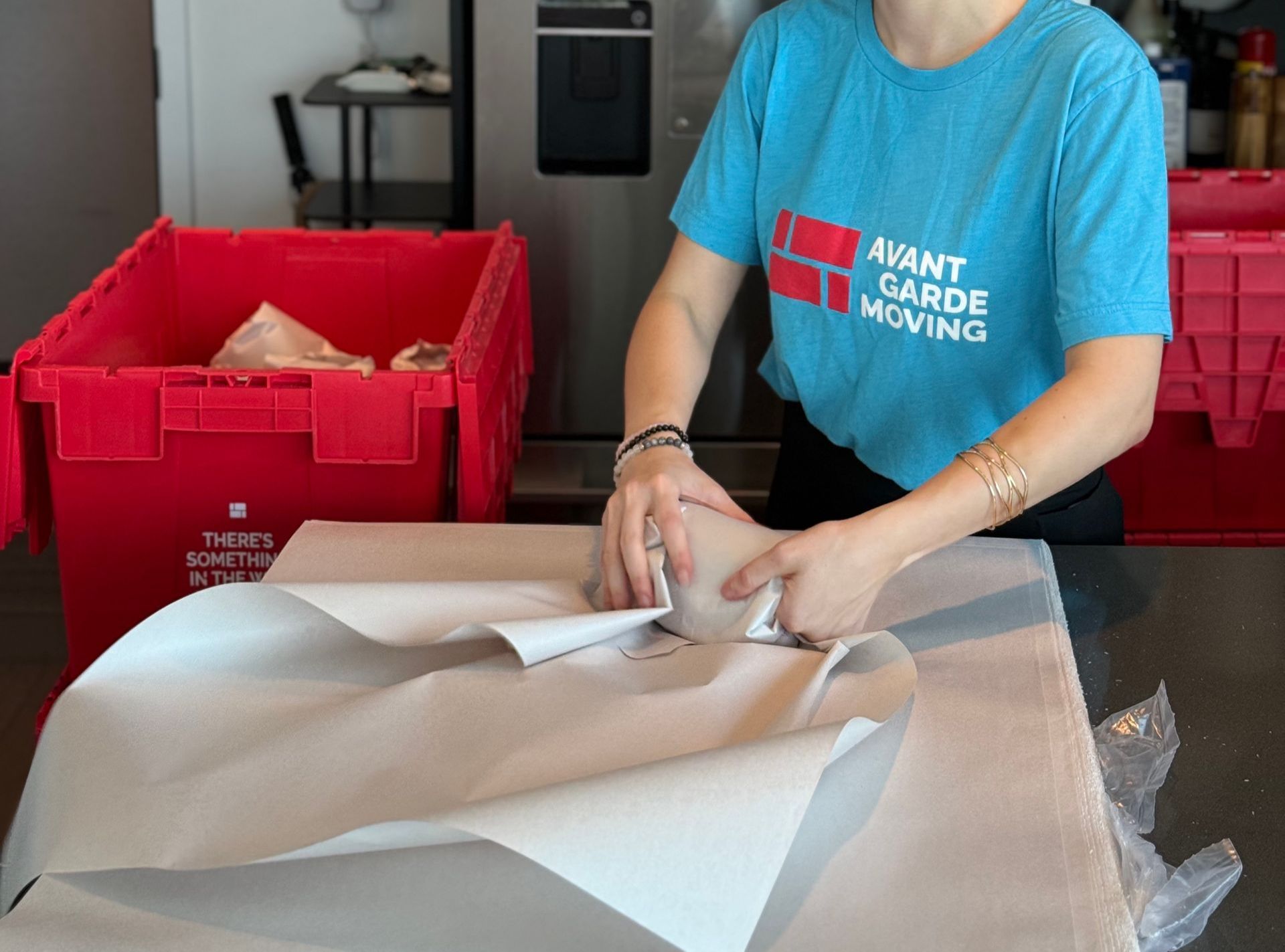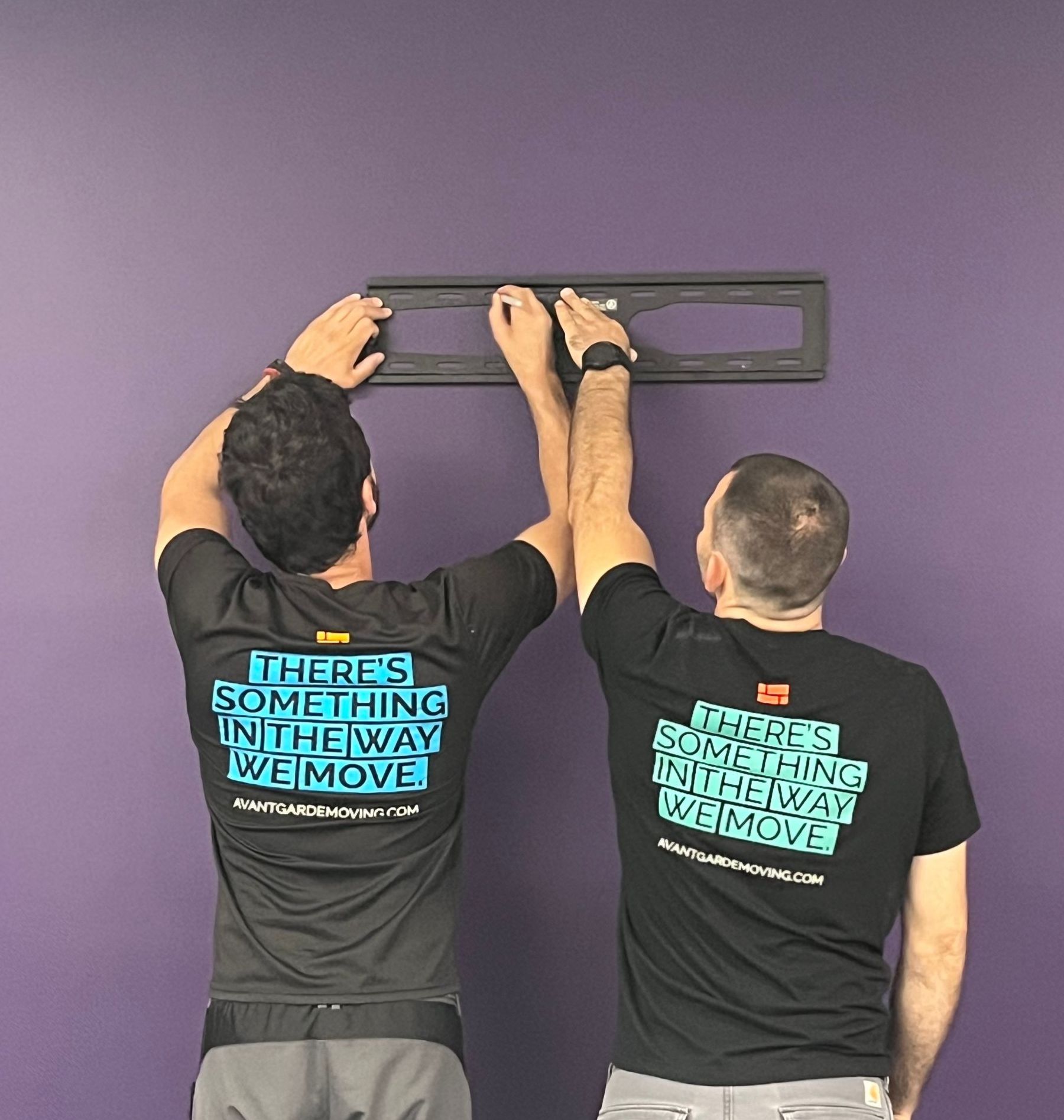Moving with Pets: Tips for a Stress-Free Relocation to Keep Your Animals Calm and Safe

Moving to a new place is stressful—for you, sure, but also for your pets. If you want things to go smoothly, you’ve got to plan ahead and focus on helping your pet feel safe through it all. When you understand what your pet needs and prepare them for the trip, you can ease anxiety and make the whole thing a bit easier for everyone.
Think about how you’ll get your pet to the new place and how to handle moving day without chaos. Helping your pet settle in afterward is just as important. Sometimes, the simplest steps make the biggest difference for your pet’s comfort.
Key Takeaways
- Get your pet ready early to keep stress low.
- Pick a transport method that matches your pet’s needs.
- Help your pet settle in fast once you arrive.
Preparing Your Pet for the Move
Getting your pet used to the idea of moving can make things less stressful. Focus on getting them familiar with travel gear, keeping routines steady, and making sure they’re healthy before you hit the road.
Familiarizing Pets With Their Carriers
Start introducing the carrier long before moving day. Put it in a quiet spot with soft bedding. Toss in treats or a favorite toy to make it inviting.
Let your pet spend more time inside the carrier each day. They’ll start seeing it as a safe place, not something to be afraid of. Practice closing the door for a bit while you stay nearby to reassure them.
If you’re driving, take them on short car rides in the carrier. It helps them get used to travel and cuts down on stress when moving day comes.
Routine and Behaviour Adjustments
Keep your pet’s routine as steady as you can. Feed them at the same times, stick to regular walks or play. That bit of consistency goes a long way.
If your pet seems anxious, try comforting them with gentle petting, pheromone sprays, or even some calming music. Don’t introduce new toys or food right before the move—it’s just one more thing for them to worry about.
Pack your pet’s favorite items like blankets, toys, or bedding last, so you can bring them along. Familiar smells really help when everything else is new.
Pre-Move Veterinary Checks
Take your pet to the vet about two weeks before you move. That gives you time for any shots, health checks, or flea and tick treatments.
Ask for copies of your pet’s medical records and vaccination history. You might need them if you’re crossing borders or using pet boarding services.
If your pet gets anxious or carsick, talk to your vet about medication options. It’s worth getting their advice so you’re not guessing on moving day.
Choosing the Best Transport Method
Picking the right way to transport your pet can make all the difference. You’ll want to consider space, comfort, and safety. It’s not just about getting from A to B—it’s about making the trip as smooth as possible for your animal.
Using Pet Carriers for Safe Transit
Pet carriers keep your pet secure on the move. Choose one that’s roomy enough for your pet to stand, turn, and lie down comfortably.
Go for carriers with good airflow and solid locks. Soft-sided carriers are fine for short trips, but for longer journeys, hard-sided ones offer more protection.
Label the carrier with your pet’s name and your contact info. Toss in a familiar blanket or toy to help your pet stay calm.
Let your pet get used to the carrier well before moving day—don’t wait until the last minute.
Planning for Road, Air, or Rail Travel
Each way of traveling needs its own prep.
For car trips, secure your pet with a harness or keep them in a carrier. Plan stops for bathroom breaks and a bit of exercise. Never leave your pet alone in the car, not even for a minute.
If you’re flying, check the airline’s pet rules early. Book your ticket and let them know if your pet will be in the cabin or cargo. Use an airline-approved carrier and attach your contact info and health documents.
Trains sometimes allow pets in carriers—check the rail company’s policy first. Bring familiar items and make sure your pet has water for the trip.
Managing Moving Day With Pets
Moving day is loud, busy, and full of strangers—no wonder pets get rattled. You’ll need a plan to keep them safe and as calm as possible. Set up a quiet spot and talk to your cross town movers about your pet’s needs.
Creating a Safe Space During the Move
Pick a quiet room or corner and set it up with your pet’s bed or blanket. Try to keep them away from all the packing and noise. Choose a spot where movers don’t need to go in and out.
Give your pet water and a couple of toys. If you can, close the door or use a crate or playpen—especially for dogs who might get nervous or try to bolt.
Minimizing Stress and Anxiety
Stick to your pet’s usual routine as much as possible, even on moving day. Feed them at the normal times and take breaks for walks or bathroom trips. If you’re calm, your pet will pick up on that.
If your vet recommended calming aids or sprays, use them as needed. Try to keep noise down near your pet and talk to them softly. It’s not always easy, but it helps.
Communicating with Cross Town Movers About Pets
Let your movers know ahead of time that you have pets. Ask if they’ve moved families with animals before. Tell them anything important, like if your pet is nervous or doesn’t like strangers.
Make it clear that movers shouldn’t handle your pet or let them out. They need to respect your pet’s space and routine so things don’t get chaotic.
Checklist for communicating with movers:
| Task | Details |
|---|---|
| Notify movers of pet presence | At booking or before arrival |
| Share pet’s behaviour notes | Any aggression or fears |
| Provide access instructions | Where pet stays during move |
| Confirm movers’ pet policy | Experience, handling rules |
Settling Pets Into Their New Home
Once you arrive, a calm, familiar spot can help your pet feel safe. Keeping some old routines and smells around can cut down on confusion and stress.
Helping Pets Adjust to a New Environment
Set up a quiet area with your pet’s bed, toys, and water. Let them explore at their own pace. Keep other doors closed until they seem more settled.
Hang out with your pet in this space. Offer treats and gentle praise to help them feel at home. Try not to introduce new people or animals right away—let your pet get comfortable first.
Use their old blankets or toys that smell like your last place. That familiar scent can be a big comfort.
Restoring Familiar Routines
Stick to the same feeding times, walks, and play sessions as before. Pets love routine, even when everything else is different.
If your pet has favorite habits, like a certain walking route or playtime, keep those going as much as you can. It’ll help them adjust.
Use the same commands and cues during training or play. Consistency makes it easier for your pet to settle in.
Additional Tips for a Smooth Pet Relocation
Don’t forget about ID and paperwork when you move with pets. Packing the right essentials will make the trip less stressful, too. These details matter for your pet’s safety and comfort.
Managing Pet Identification and Documentation
Make sure your pet wears a collar with an up-to-date tag—your current phone number and address are a must.
Microchipping is a solid backup in case your pet slips away during the move.
Keep important docs handy: vaccination records, medical history, and any pet passports or permits you’ll need for travel.
If you’re flying, double-check with the airline about any health certificates or special forms.
Keep all your pet’s paperwork in one spot so you can grab it quickly if someone asks for it during travel or when you get to your new home.
Packing Pet Essentials
Pack enough food and water to last the trip—maybe toss in a bit extra just in case things don’t go as planned.
Choose a travel-friendly carrier that’s comfy, lets your pet breathe, and actually fits them.
Bring along familiar stuff like their blanket, a favorite toy, or a chew treat. Little comforts can make a big difference.
Don’t forget any meds your pet needs, and a basic first aid kit can’t hurt either.
Keep leashes and waste bags handy for those pit stops along the way.
Try to organize everything in a clear bag so you’re not digging around when you need something fast.












